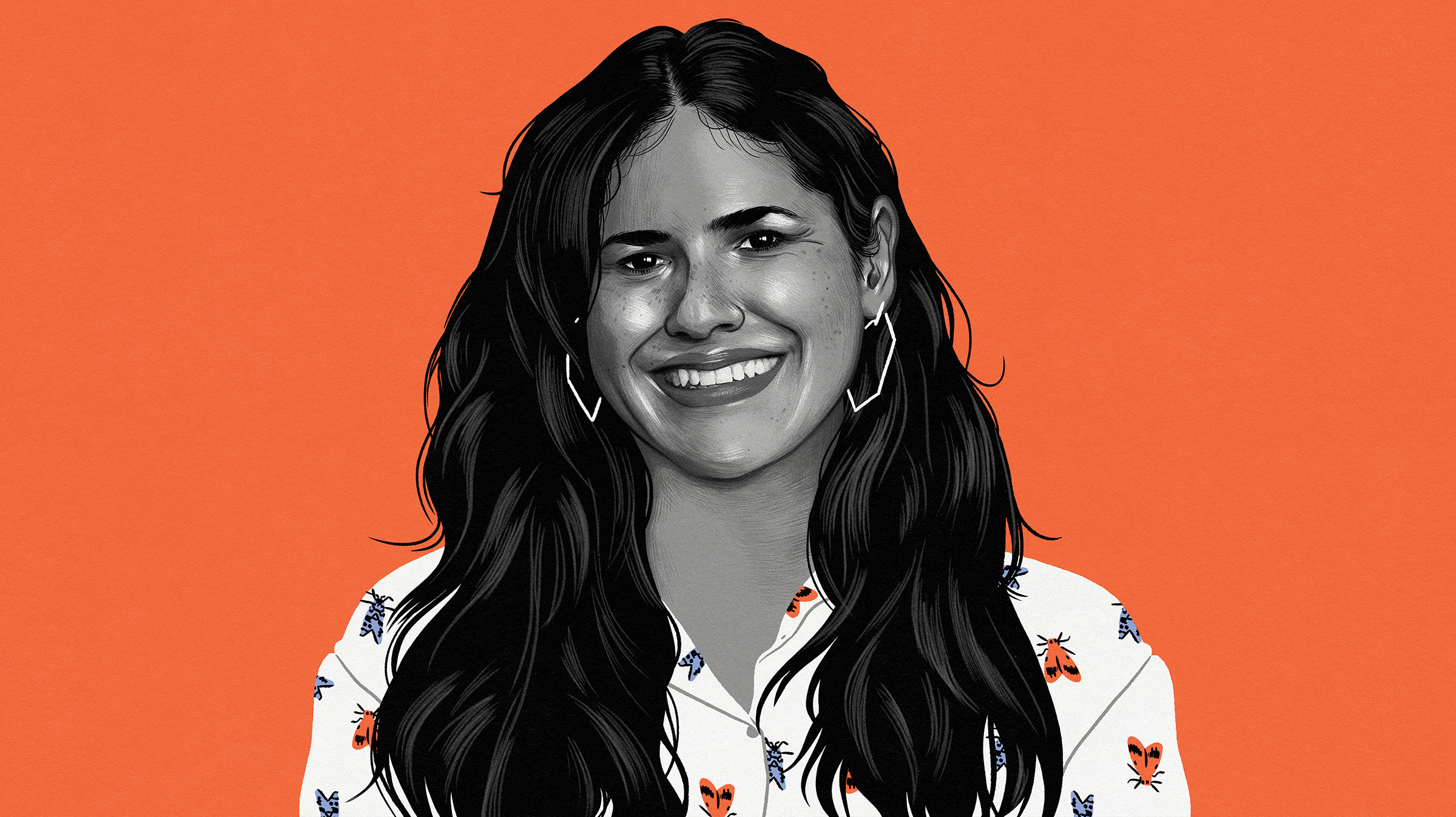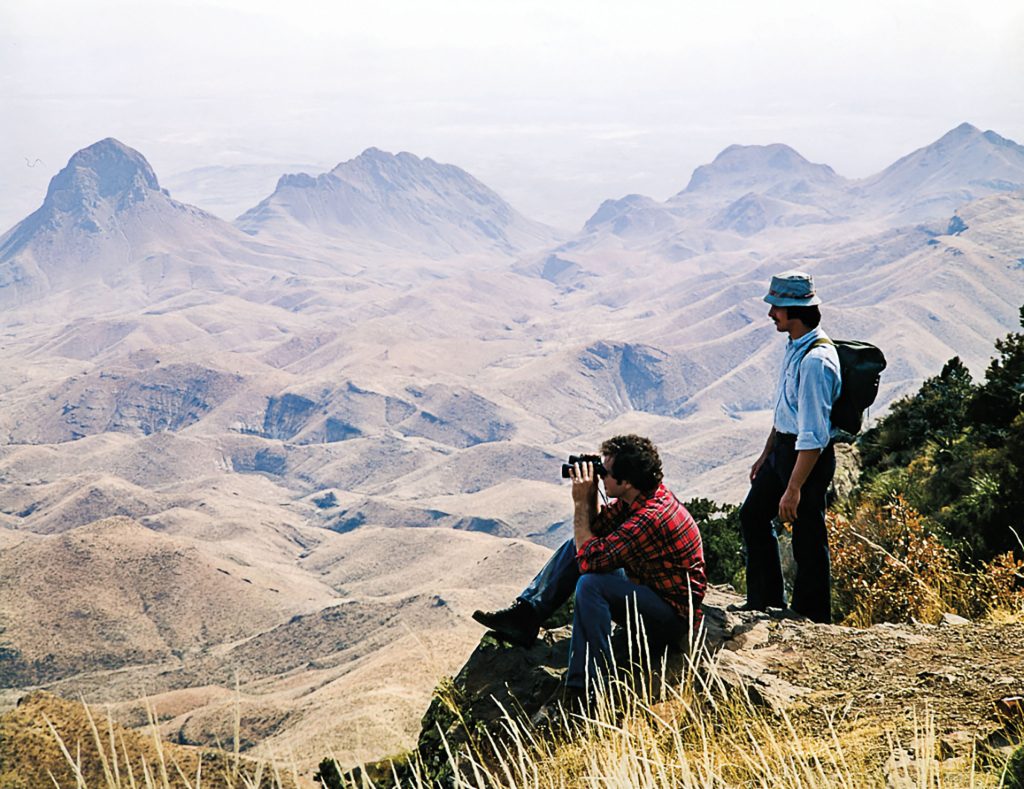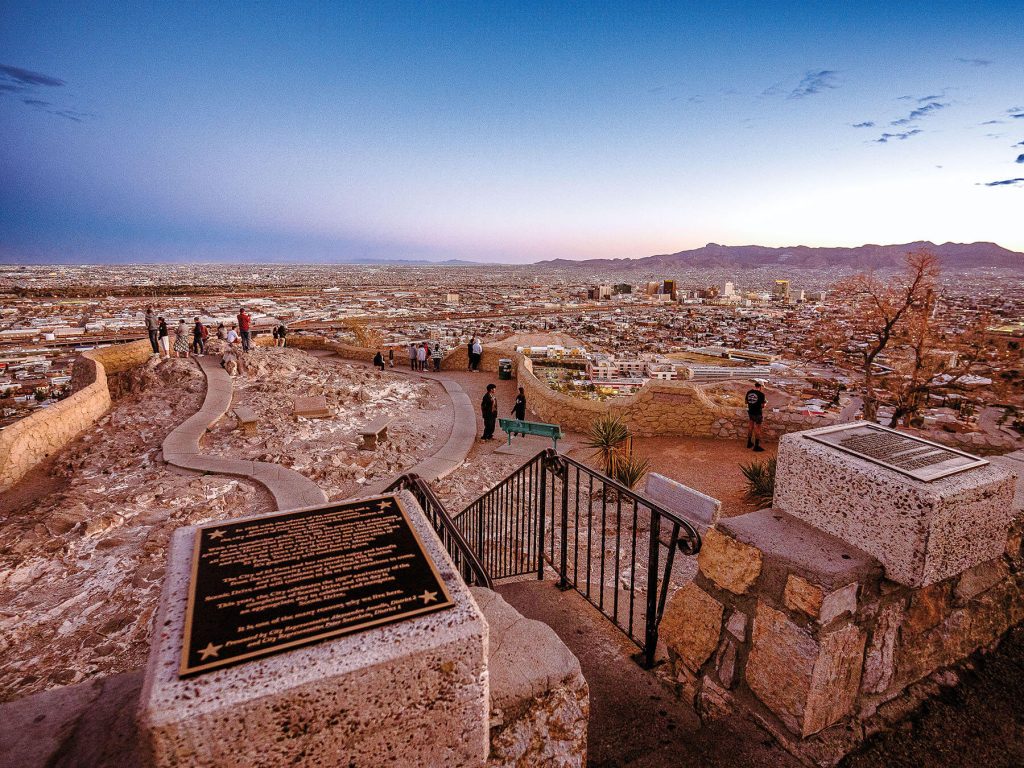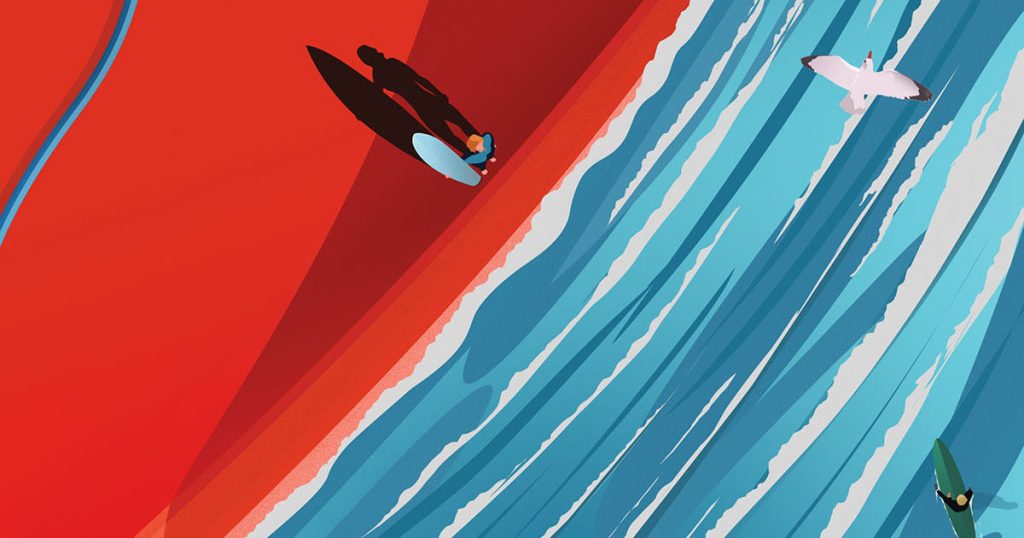
Illustration by Timba Smits
After spending seven years immersed in directing What We Leave Behind, an award-winning documentary about her grandfather’s home in Durango in Mexico, El Paso-born filmmaker Iliana Sosa told herself her next film would not be so personal. She intended to work on something lighter and give herself a break from becoming emotionally involved in a project. But then Pulitzer Prize-winning author Lawrence Wright (Going Clear, The Looming Tower) and Oscar-nominated filmmaker Richard Linklater (Boyhood, Dazed and Confused) came calling.
Sosa was one of three directors they chose for the HBO documentary trilogy God Save Texas, which was inspired by Wright’s 2018 book about the wild, wonderful, always complex, sometimes heartbreaking Lone Star State. The trilogy premiered at the Sundance Film Festival in January and began streaming on Max in February. Part one, helmed by Linklater, is about Huntsville and how the prison system and the death penalty have shaped his hometown. In part two, Houston-born filmmaker Alex Stapleton looks at the impact the oil industry has had on the Black community and disenfranchised groups. And with “La Frontera,” the third and final part, Sosa, a first-generation Mexican American, sheds light on the border and the people who occupy the region many hear about on the news but so few truly understand.
Sosa embraced the project because she wanted to help people understand El Paso and the border not as a headline but as a region rich in culture and tradition. “I feel we’re at a very pivotal time in our lives, and I hope people really start thinking about things differently,” Sosa says of Texas. “I hope the series raises some thoughts about that. It’s a complicated place, and we’re facing really difficult issues right now. But this is my home. This is where I want to be.”
TH: What was your path to becoming a filmmaker?
IS: Growing up in El Paso, I knew I wanted to leave and go to college. I went to undergrad at Southwestern in Georgetown, and my major was Latin American Studies. I minored in French, so I didn’t know anything about filmmaking. I had the opportunity to study abroad in Buenos Aires my junior year, and I took a documentary class and had this amazing mentor, the late professor Daniel Castro, who was fundamental in shaping my career. I talked to him about my plans after graduation and there was a thought of maybe going to film school, but the way I grew up was super working class. I’m the first in my family to go to college. I couldn’t ask my parents, “Hey, how do I do this?” That mentor encouraged me, and I applied to film school. I was very young and very naive, and I got into the UCLA M.F.A. program.
TH: What did your parents think of that choice?
IS: My father wasn’t that supportive at first. He was like, “Why don’t you go to law school?” He was a typical immigrant parent wanting you to be OK financially. I remember him telling me that it’s going to be hard. They’re proud now, though.
TH: You called it “Hell Paso” growing up, right?
IS: The joke of Hell Paso was among my friends, and it was because it felt like there weren’t many opportunities for young people. Now you see more artists, and things are shifting. I think I had to leave in order to appreciate this unique place and way of life. I always had a love for it, but I think it wasn’t until I left that I really recognized that it’s a special community.
TH: When you were at UCLA, did you know you’d come back to Texas?
IS: I stayed in Los Angeles for about eight years, but I was just deeply unhappy. LA is an amazing city and there are so many different cultures, but I just couldn’t quite find my place there. I applied for a job at [Linklater’s] Austin Film Society and got it. It wasn’t until the pandemic that a friend pointed me to a job at UT, which is where I teach now.
TH: What We Leave Behind premiered at SXSW in 2022. How did God Save Texas come your way?
IS: The producers were looking for a director from El Paso. At first, they wanted to focus more on the Walmart shooting, but I told them I didn’t want to retraumatize families. Also, we all know what happened. I wrote a treatment, and they were very open to my ideas and my point of view. I thought it might be an opportunity to represent El Paso and this border region in a different way. And I could include people whose work I admire and who are on the ground living and working there.
TH: Lawrence Wright is in each episode as a sort of patron saint of the series. What was it like working alongside him?
IS: In many ways, he feels like my father or grandfather; he’s just a sweet person and really kind. Once the episode was done, he said, “I’m so glad we found you.” That was the biggest validation. It’s hard to do justice to a work of art like his book. I felt an immense responsibility because we’ve seen so many portrayals of the border and El Paso, and I wanted to make sure it was coming from a place of respect.
TH: What was important for you to convey with the episode?
IS: I wanted to show that, sure, there’s the fence, but it’s also a region. The proximity of Juárez to El Paso is so close; it’s bicultural and sometimes feels seamless. Juárez visually is very different from El Paso, but people are constantly back and forth. It’s not stagnant. I hope that comes across. The mountains are beautiful. I love the culture there. I knew I wanted to show the complexities of the place. One person I spoke to in the episode, historian David Romo, profoundly influenced me. His exploration of the history behind insecticides used on the braceros [agricultural workers brought from Mexico to the U.S. between 1942 and 1964] was particularly impactful, considering my grandfather’s own experience as a bracero.
TH: Now that you’re in Austin, what are some of your favorite things about the city?
IS: I love the nature in Austin. Culturally, there’s music, film, and art. I love Lady Bird Lake. And the Equipment Room plays old vinyl and has amazing cocktails.
TH: What would you have people check out in El Paso?
IS: When people think about El Paso, they think about Scenic Drive, which is worth going to. El Paso has a beautiful tradition of historic murals, especially in the Duranguito area and the Segundo Barrio. Bowie Bakery is a staple of El Paso, and it’s in the Segundo Barrio. Tacotote! is a chain but it’s really good, and it started in Juárez. El Paso has the most amazing sunsets I’ve ever seen. There’s a sense of community and warmth there. As soon as you land in the airport you have people speaking Spanish. You see older people—and I see myself in them. They could be my grandparents or my aunt. So, to me, that’s special. To me, that feels like home.
For more information on Iliana Sosa, visit ilianasosa.com. Stream God Save Texas on Max.








